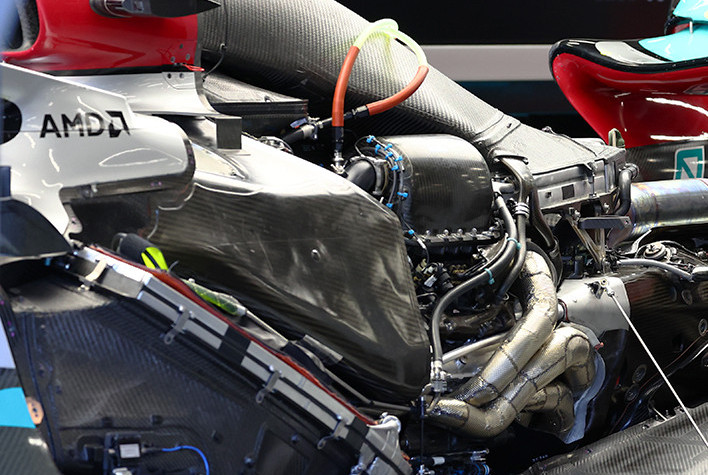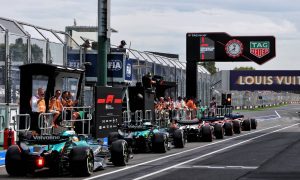
The FIA has rubber-stamped Formula 1's long-awaited 2026 engine regulations following their approval by the governing body's World Motor Sport Council.
The framework for the sport's future power unit rules - which had been under discussion for over a year - lays on four key pillars:
- Maintaining the spectacle – the 2026 Power Unit will have similar performance to the current designs, utilising high-power, high-revving V6 internal combustion engines and avoiding excessive performance differentiation to allow for improved raceability.
- Environmental sustainability – the 2026 Power Unit will include an increase in the deployment of electrical power to up to 50% and utilise a 100% sustainable fuel.
- Financial Sustainability – Financial Regulations regarding the Power Units will reduce the overall costs for competitors whilst retaining the cutting-edge technological showcase that is at the core of Formula 1.
- Attractive to new Power Unit Manufacturers – the regulations are intended to make it possible and attractive for newcomers to join the sport at a competitive level.

While Formula 1's future power unit will retain its current V6, 1.6-litre architecture and turbo, ERS and MGU-K elements, the unit will no longer include the complex and expensive Motor Generator Unit – Heat (MGU-H) hybrid component.
Scrapping the element for the power unit's specification was always seen as a prerequisite for Porsche and Audi's commitment to Formula 1.
Today's green light should lead in short order to a formal announcement by Red Bull and Porsche of their partnership and joint venture in F1.
Formula 1's 2026 power unit regs also include a cost cap of $95 million for the period 2022-25, and then $130 million from 2026 onwards.
Current generation PU activities and the supply of customer teams are excluded from the cost cap measures.

"The FIA continues to push forward on innovation and sustainability – across our entire motor sport portfolio – the 2026 Formula 1 Power Unit Regulations are the most high-profile example of that mission," said FIA President Mohammed Ben Sulayem.
"The introduction of advanced PU technology along with synthetic sustainable fuels aligns with our objective of delivering benefits for road car users and meeting our objective of net zero carbon by 2030.
"Formula 1 is currently enjoying immense growth and we are confident these Regulations will build on the excitement our 2022 changes have produced.
"I want to thank all of the FIA management and technical staff involved in this process for their diligence and commitment in working together with all of our Formula 1 stakeholders to deliver this.
"I also want to thank our WMSC members for their consideration and approval of these regulations."
Keep up to date with all the F1 news via Facebook and Twitter







